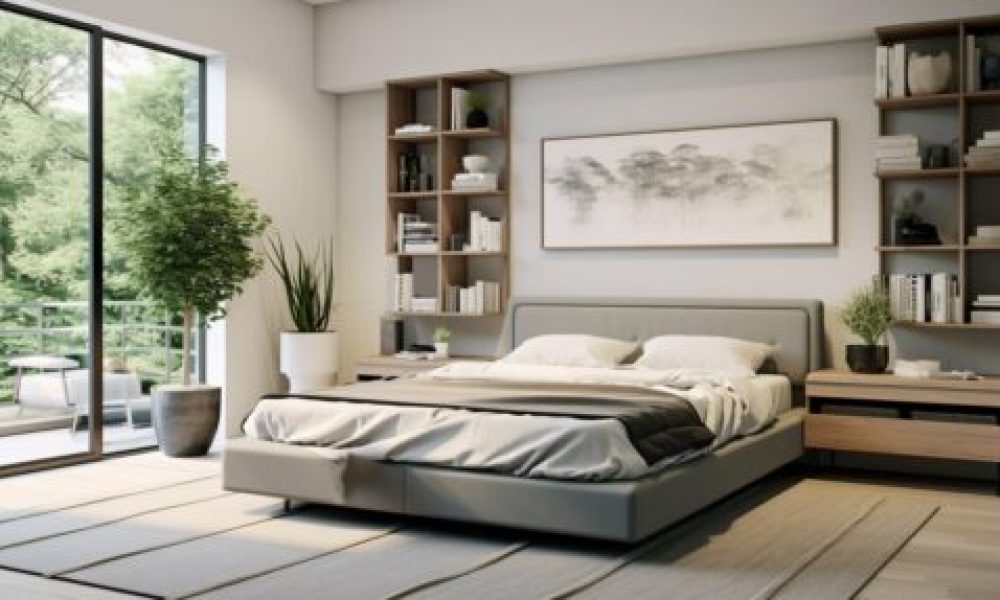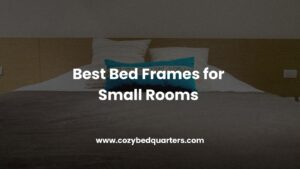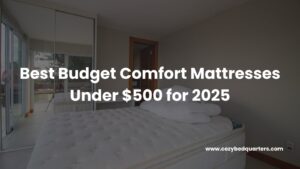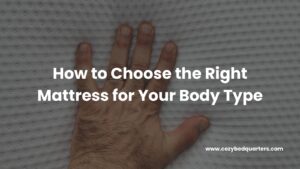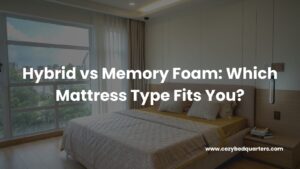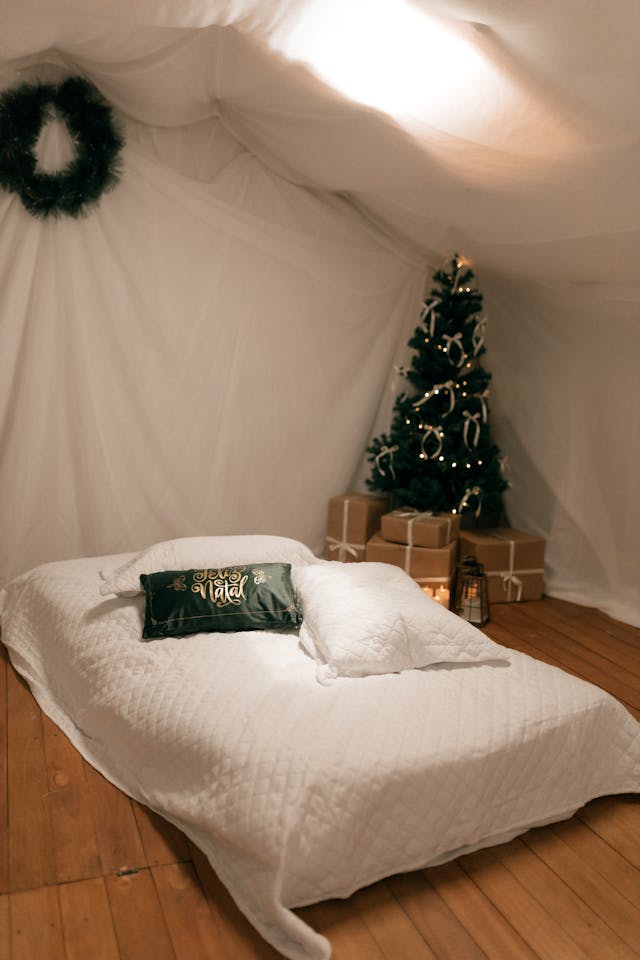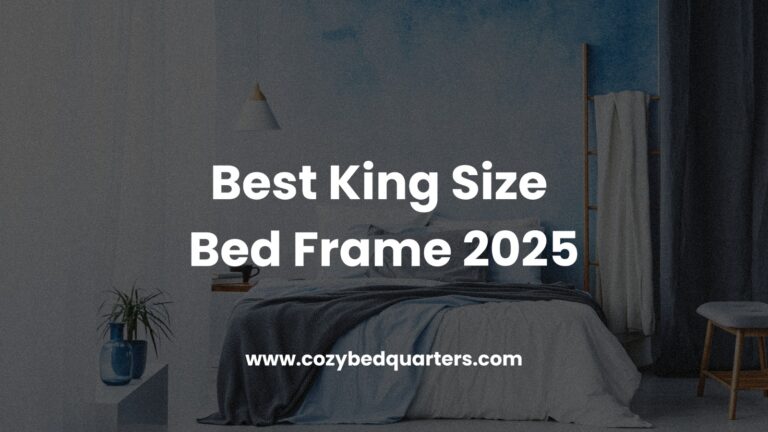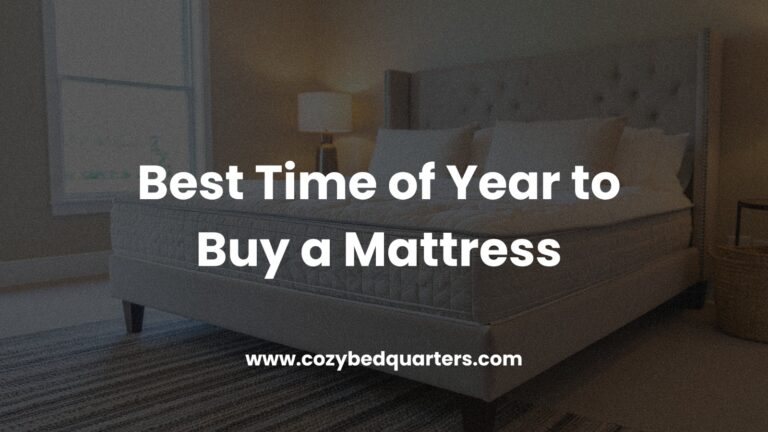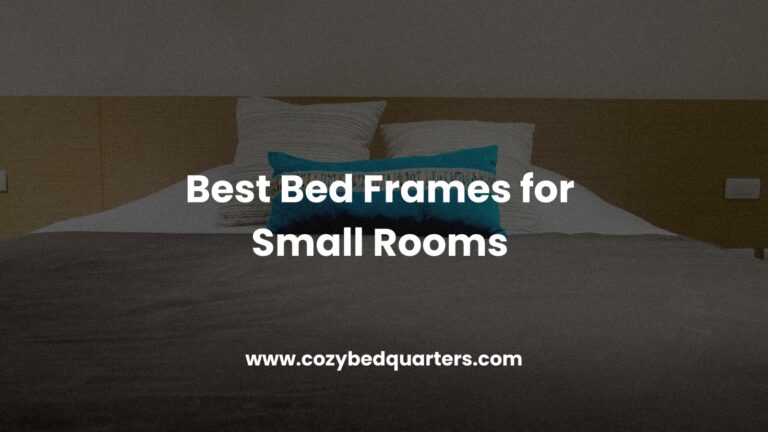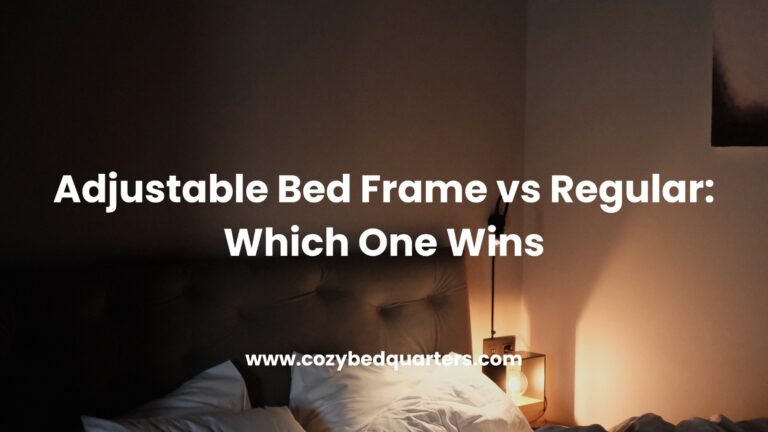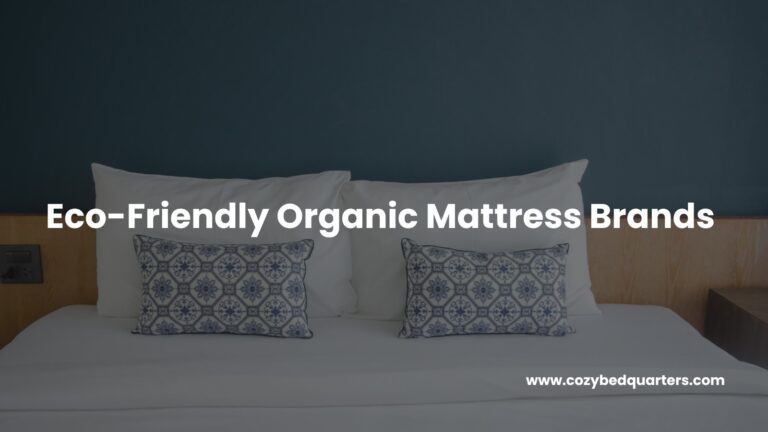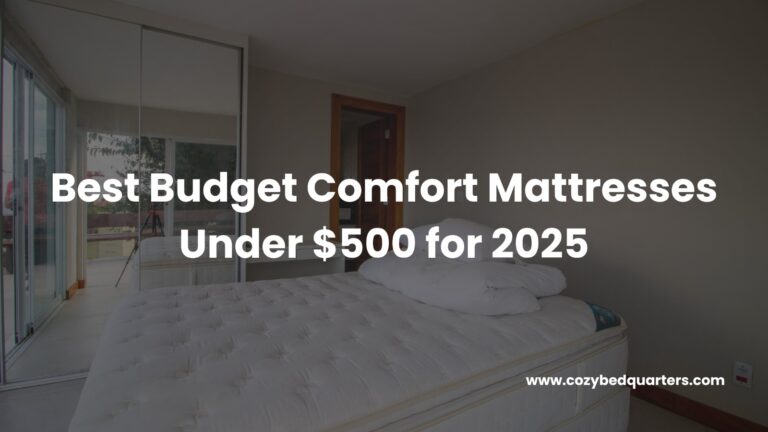Platform Beds: A Complete, Friendly Guide
Platform beds give you a clean, modern look without a box spring. In this guide, we cover styles, materials, height, comfort, and sustainability—plus how to match platform beds with organic bedding, sustainable bedding, and eco-conscious sheets for a calm, healthy sleep space.
Key Takeaways: platform beds
- Box spring not needed: most platform beds support a mattress directly, simplifying setup and cutting costs.
- Style range: slatted, solid, storage, floating, wood, metal, and upholstered designs fit any decor.
- Mind the height: low frames look airy; mid-height helps with mobility and accessibility.
- Comfort matters: foam and latex prefer solid or closely spaced slats (about 3″ apart).
- Think sustainable: choose certified wood and low-VOC finishes; pair with eco-conscious sheets.
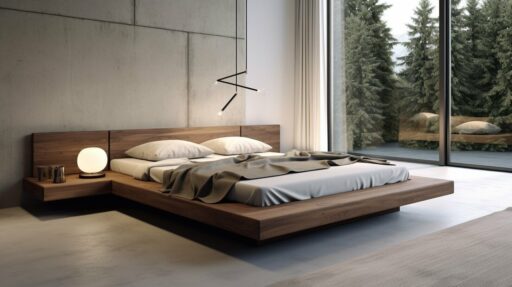
Why Choose a Platform Bed?
Short answer: platform beds streamline your bedroom and save money by removing the box spring. You get a modern look, stable support, and optional storage in one frame.
If you’re redesigning on a budget, skipping the extra foundation keeps costs down while the lower profile opens up the room. Drawer or lift-top storage models turn under-bed space into a closet-extension. For side-by-side comparisons and style inspiration, see our
Platform Beds: Benefits, Styles, and Buying Guide.
Not sure which broader frame features you’ll love? Our
Queen Bed Frame Buying Guide breaks down materials, support, and dimensions in plain English (great for non-platform frames, too).
Popular Styles of Platform Beds
Short answer: choose the base that matches your priorities—silent support, airflow, or storage—then pick the look you love.
Solid Platform Beds. Best for minimalists who want squeak-free stability. A continuous base evenly supports the mattress and makes rotating easy. Learn more in
The Functional and Aesthetic Advantages of Platform Beds.
Slatted Platform Beds. Evenly spaced wooden or metal slats boost airflow and help keep foam mattresses cooler. Aim for narrow gaps—about 3 inches or less—for proper support and to keep warranties intact. (See guidance on slats vs. box springs at the
Sleep Foundation.)
Storage Platform Beds. Built-in drawers or lift-up bases hide linens, seasonal clothes, or gear. Browse our
Platform and Storage Beds
collection and pair with these
Space-Saving Bed Frames
ideas for compact rooms.
Floating Platform Beds. Hidden center supports create a “levitating” effect—perfect for Scandinavian or minimalist schemes. For blending modern bases with classic decor, see
How to Integrate Platform Beds in Modern and Traditional Spaces.
Headboard & Footboard Variations. Want a softer, more traditional touch? Add an upholstered headboard or a framed footboard to balance the low, modern base.
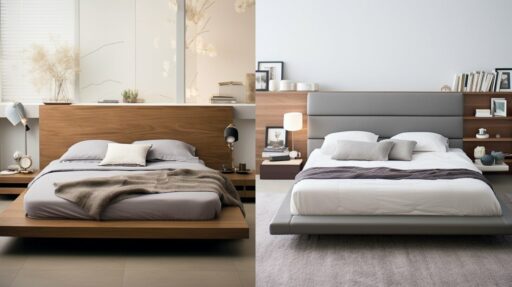
Materials: Wood, Metal & Upholstered Options
Short answer: wood is warm and durable; metal is lightweight and budget-friendly; upholstered frames add lounge-worthy softness.
Wood Frames. Timeless and sturdy, from pale oak to deep walnut. If sustainability matters, look for certified sources and low-VOC finishes, then dress the bed with organic bedding and eco-conscious sheets for a full earth-friendly setup.
Metal Frames. Modern, industrial, or vintage depending on the finish. They assemble quickly and travel well. If you hear squeaks, felt pads, rubber grommets, or periodic bolt checks usually fix it.
Upholstered Frames. Linen, velvet, or performance fabrics add visual warmth and a cushioned backrest for reading. Choose stain-resistant textiles if you snack in bed or have pets.

Height & Accessibility
Short answer: lower beds feel airy; mid-height is easier on knees and hips; higher setups trade the platform look for easier entry/exit.
Platform frames typically sit ~6–14 inches from the floor, versus ~24–28 inches for traditional bed + box spring combos. If mobility is a concern, choose a mid-height frame or add compatible risers. A supportive platform with a center beam also helps larger sizes feel stable over time.
Comfort & Mattress Compatibility
Short answer: foam and latex thrive on solid decks or closely spaced slats; hybrids do well on sturdy slats; all mattresses appreciate even support.
Most mattresses work on platform beds. Memory foam, latex, and hybrids prefer slats that are narrowly spaced—around 3 inches or less—to prevent dipping and to preserve edge support. For more on when platforms replace box springs, see the
Sleep Foundation.
To fine-tune the feel, add the right topper—start with our guide:
Enhance Your Sleep with the Right Mattress Toppers.
A minimalist platform bed silhouette representing slats and a low frame
Pros & Cons
Short answer: platform beds are streamlined and cost-saving, but the low height isn’t for everyone.
| Pros | Cons |
|---|---|
| Modern, streamlined design | Low height may be hard for some |
| No box spring required | Some models lack built-in storage |
| Great small-space solution | Heavy frames can be hard to move |
| Wide material/style variety | Very low beds can collect dust |
For more platform bed insights—including storage picks and low-profile pros/cons—see Better Homes & Gardens’ roundup of
Top Platform Beds and the Sleep Foundation’s
Best Platform Beds.
Sustainability & Health
Short answer: look for responsibly sourced wood, low-VOC finishes, and breathable setups; then finish the bed with sustainable bedding.
Many platform beds use certified woods or reclaimed materials and water-based finishes, which support better indoor air quality. The low profile encourages more frequent dusting, and pairing the frame with organic bedding or eco-conscious sheets completes a healthier bedroom.
Eco-Friendly vs. Conventional Bedding (Quick Comparison)
Short answer: eco-friendly bedding prioritizes natural fibers, fewer chemicals, and longer life—often worth the slight upfront cost.
- Materials: organic cotton, linen, TENCEL™ vs. conventional cotton blends.
- Chemistry: low-VOC dyes/finishes vs. standard treatments.
- Comfort & Care: breathable, durable fabrics that age well.
For styling ideas that suit platform beds, Parachute Home’s
bed frame guide covers headboards, frame heights, and room pairing tips.
How to Choose the Right Platform Bed
Short answer: measure first, pick your storage level and mattress type, and match the frame height to your comfort.
- Measure your space: leave at least ~2 feet of walk space on each side.
- Decide storage needs: drawers or lift-ups beat solid bases when space is tight.
- Check mattress fit: for foam/latex, choose solid decks or slats ~3″ apart.
- Consider mobility: mid-height frames ease sitting/standing.
- Match your decor: wood for organic vibes, metal for industrial, upholstered for softness.
FAQ: Platform Beds
- Do platform beds need a box spring?
- No. Most platform beds support a mattress directly. Confirm specs for your exact frame. See the Sleep Foundation for details.
- How far apart should slats be?
- About 3 inches or less helps foam and latex perform well and prevents sagging. More on slats vs. box springs from the Sleep Foundation.
- Are platform beds good for small rooms?
- Yes. Their low profile makes rooms feel larger, and storage versions add hidden capacity. Explore our space-saving bed frame ideas.
- Which mattress types work best?
- Foam, latex, and hybrids all work well with the right support. Narrow slat spacing or a solid deck usually performs best.
“`
Final Thoughts
Platform beds bring modern style, steady support, and space-savvy storage to almost any bedroom. Choose the height and material that fit your life, keep slats close for foam and latex, and round out the setup with sustainable bedding. For more help picking your perfect frame, browse Cozy Bed Quarters’
comprehensive platform beds guide.

